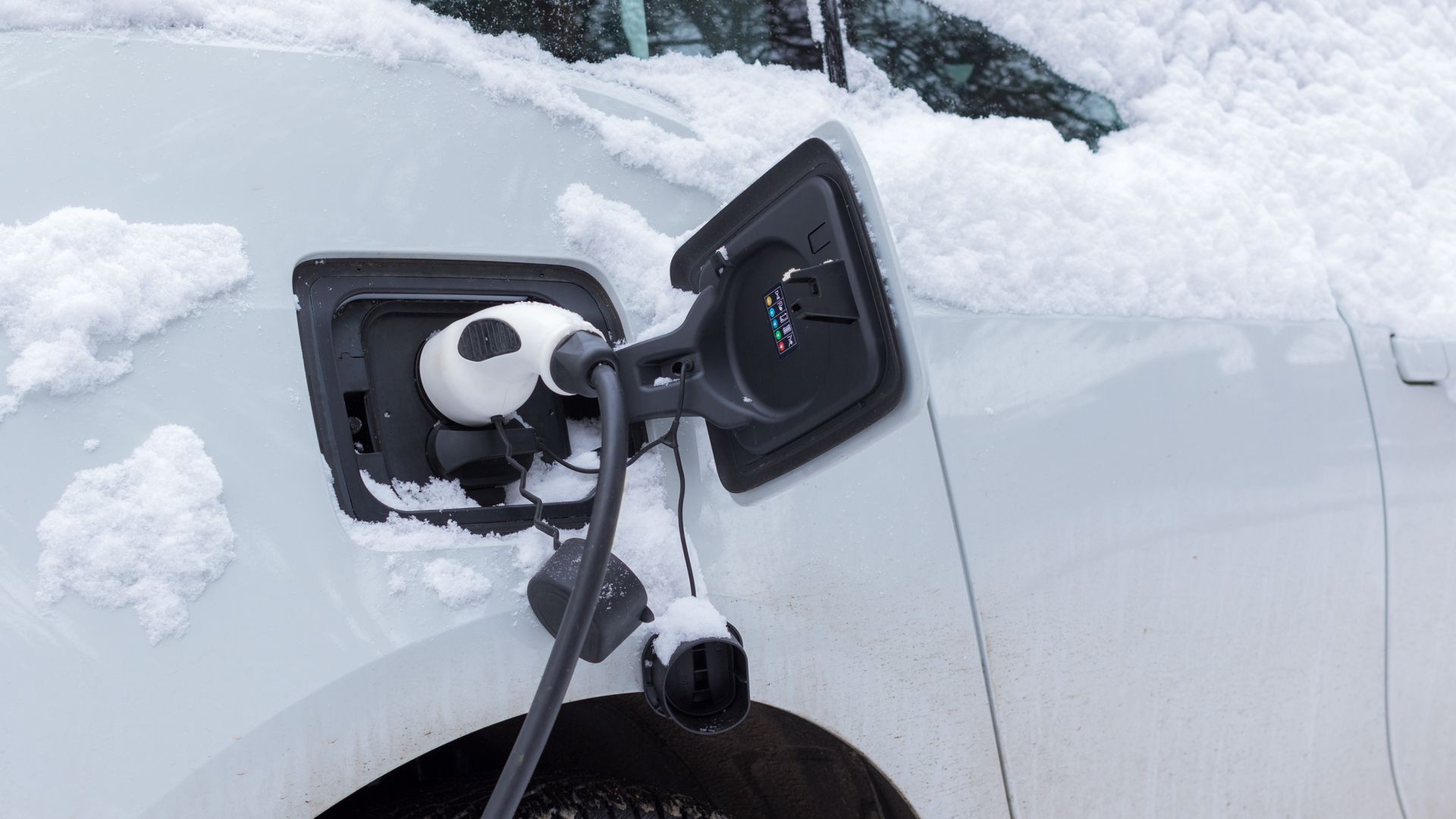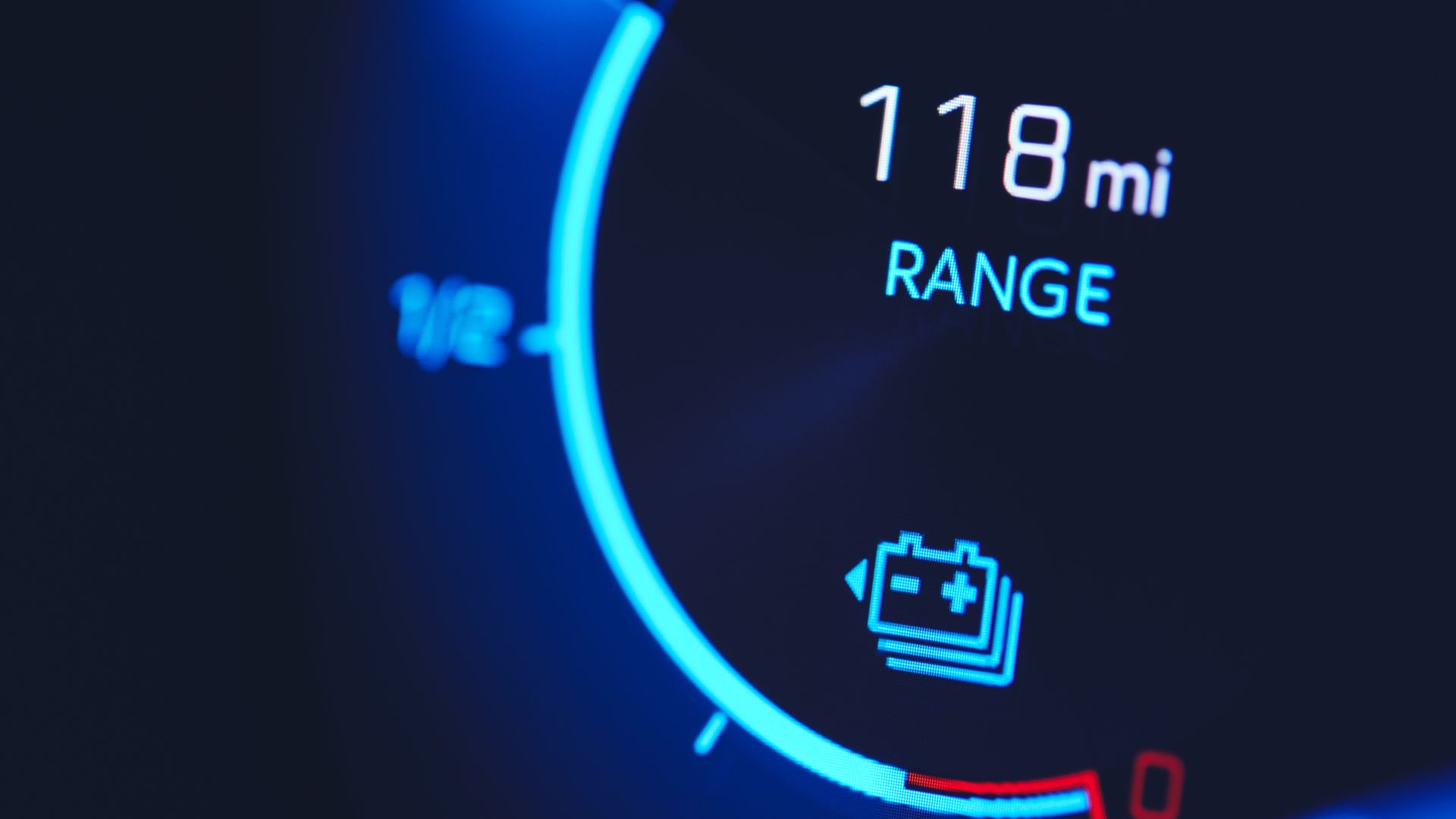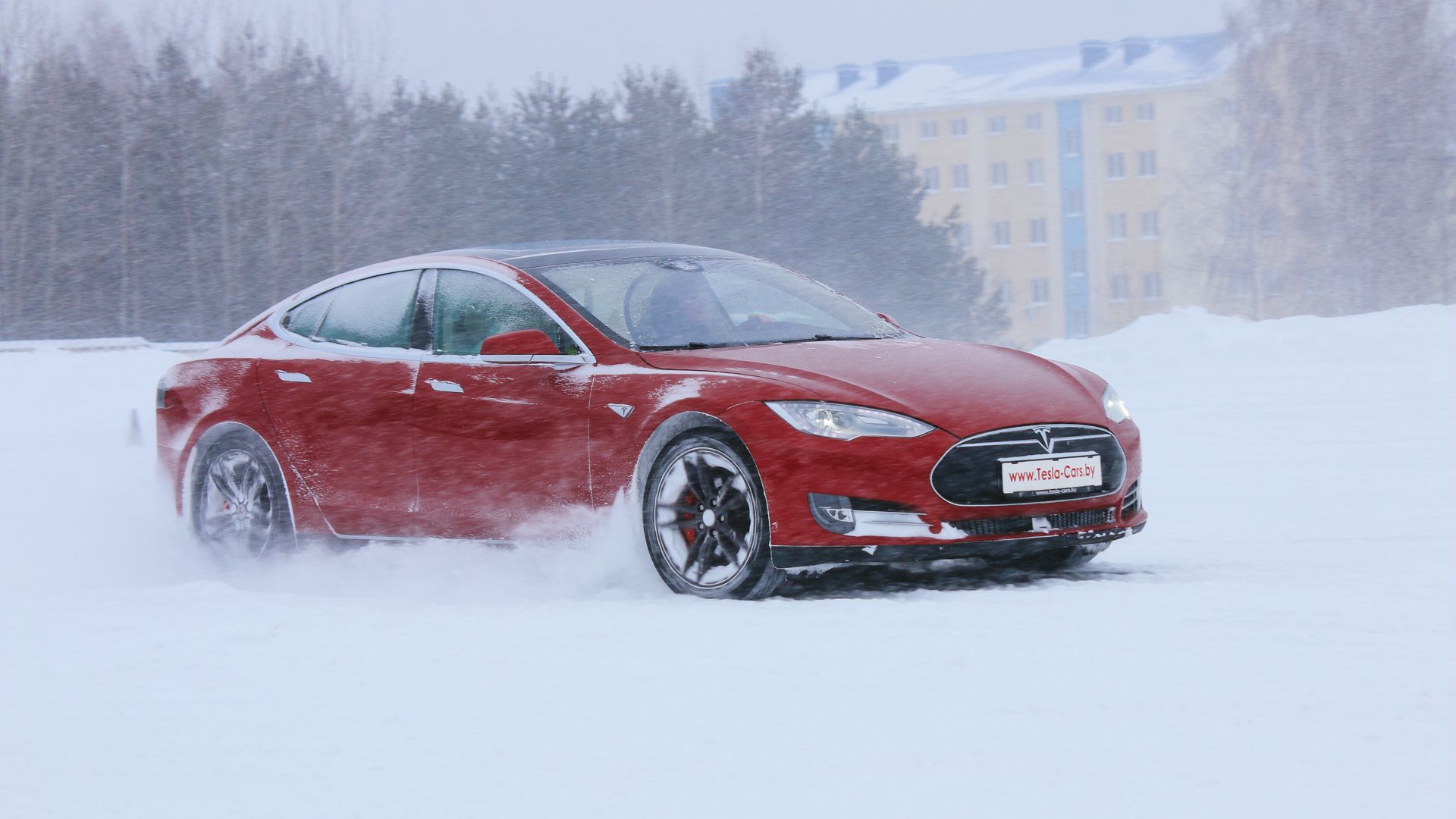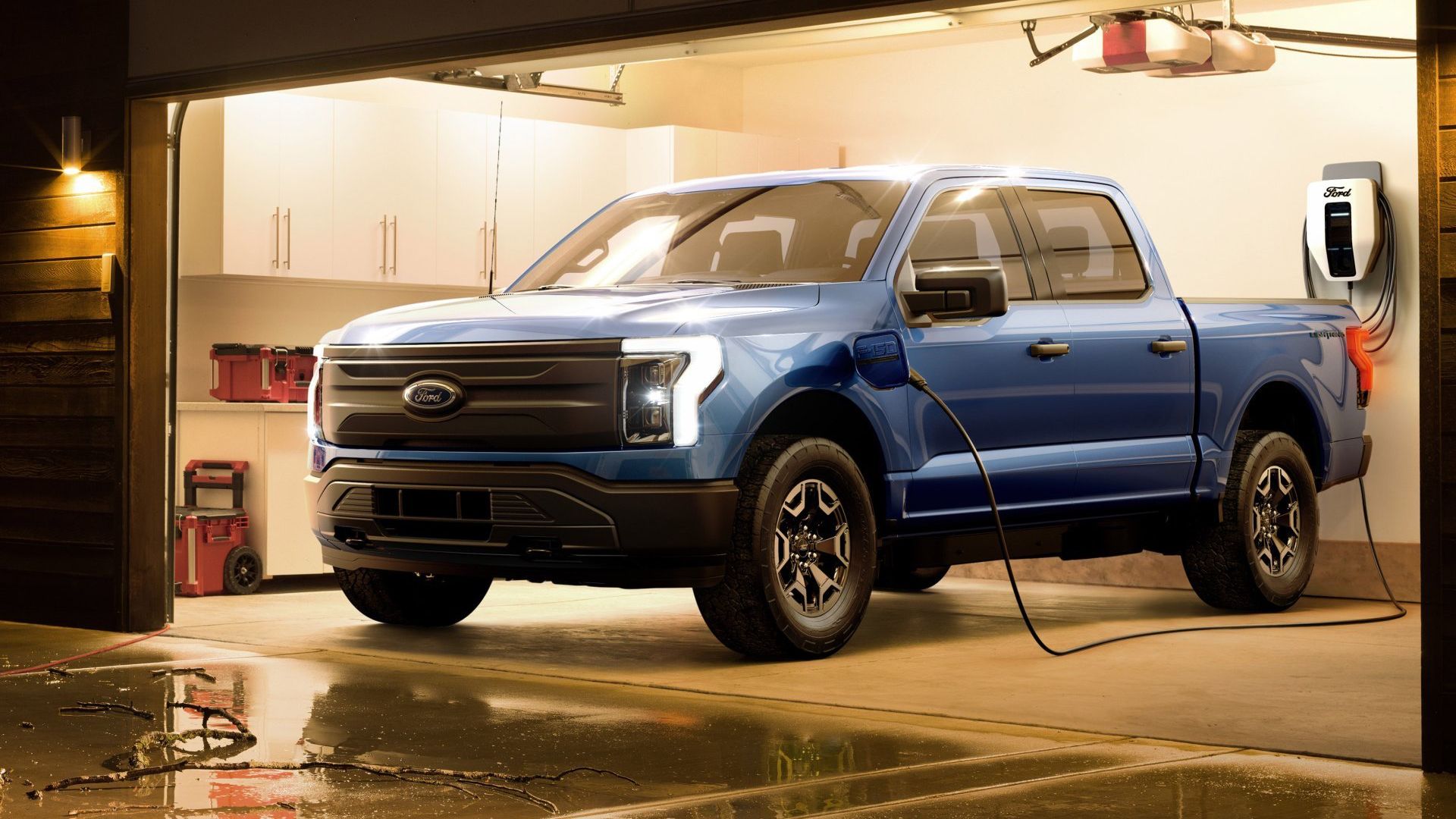Quick Links
If you're considering buying a new electric car (EV), you probably have a lot of questions. Or, if you just bought one and are worried about the cold winter months, you're probably wondering, "how does cold weather affect electric cars?" And while reports vary on the subject, cold weather will affect any vehicle.
Electric vehicles are improving with each new release, but range anxiety is still a thing for many current or potential customers. And, as you've probably read online, cold weather will negatively affect the range of your EV.
The cold, hard truth is that when temperatures drop or dip below freezing, electric and gas vehicles will notice a difference. However, this is more of a concern for EV owners, and here's what to expect and know.
Can Electric Cars Handle Cold Weather?
One of the biggest questions we see online is whether or not electric cars can handle cold weather. And as we all know by now, of course they can, or they wouldn't be on the road. That said, the battery inside your EV doesn't perform as well in the cold, which causes charging times and driving range to suffer. Batteries are like humans, and things slow down when it gets cold.
It's worth noting that it's not just the battery itself being cold that causes problems. The increased energy needed to turn the wheels, run the heater, and get the system going lowers the battery's charge, which affects the range. Basically, far more electricity is needed to maintain the optimal battery and cabin temperatures. This is on top of the slowed chemical reaction in battery cells.
Also, electric cars don't have a gas engine producing heat, so they'll use more battery power to keep something like your heater running inside the vehicle. And on some models, you'll have heated seats and a heated steering wheel, contributing to more battery drain than during warmer weather conditions.
One area people often forget about is the tires. Electric cars are heavy, produce a lot of torque, and typically come with low-friction all-season tires for improved range. And while that's great, depending on where you live, you may want to get winter snow tires for the best experience.
You can also expect decreased speeds while charging the battery, especially if the vehicle is outdoors. Tesla pre-heats the battery as you drive toward a Supercharging station with navigation to help increase charging times. So while electric cars are perfectly fine in the cold, expect less range out of the battery.
How Much Range is Lost?
According to AAA, cold weather can lower your electric car range by up to 40%. So a new EV with a range of 279 miles will only get closer to 167 miles per charge. However, this is an extreme example. Most electric cars don't lose anywhere remotely close to 40%.
In reality, the average range lost depends on several factors. In general, you can expect a dip of about 12-15%. For example, an EV with a range of 279 miles could dip to around 245 miles in harsh winter conditions. And while that's not great, it's certainly not bad.
The amount of range lost also depends on the vehicle itself, the model, battery configuration, and added features like heated seats. Another factor is storage. If you store an electric car in a garage that doesn't get as cold, the battery has an easier time warming everything up before you hit the icy streets.
And for all the electric vehicle haters out there, we see something similar with gas-powered vehicles. According to the U.S. Department of Energy, internal combustion engines get about 12% worse fuel economy at 20 degrees Fahrenheit.
Some EVs Handle the Cold Better Than Others
A recent study by Recurrent Auto tested several top models and saw wildly different results. As mentioned above, some electric cars handle the cold better than others. For example, the Ford Mustang Mach-E loses upwards of 30% of its range in freezing temps, but select Tesla vehicles only lose around 5%.
Tesla's Model Y and a few other EVs have a built-in heat pump, which helps maintain ideal temperatures while driving and during charging. Tesla's heat pump captures heat from the motors and cabin, circulates it throughout the cabin, and can warm up the car's batteries. This results in improved range and better heating.
Autocar ran a test with several different makes and models, with and without a heat pump, while using the heater and found that most EVs lose "up to 20% of their range" during the winter. Tesla's Model Y faired well in the tests. Basically, it varies from vehicle to vehicle.
How to Improve EV Range in the Cold?
Thankfully, there are several things owners and potential buyers can do to minimize loss or improve the situation overall. The most obvious answer is to buy an EV with a bigger battery and extended range. Models with extended-range battery packs will be your friend during the winter.
However, not everyone can afford the highest trim level of a vehicle, but that doesn't mean you're left out in the cold. Another option is battery "preconditioning," which many Tesla models do automatically.
For one, charge and store your electric vehicle in the garage for the best results. Then, owners can precondition the car at home before leaving in the morning. You can do this by starting the car ahead of time before you wander into the cold. That way, both the batteries and cabin (climate controls) can reach ideal operating temperatures while it's still plugged in.
Owners can also take advantage of regenerative breaking in the winter, use battery-friendly "eco modes," use heated seats instead of heating the entire cabin, and drive sensibly. Aggressive driving and rapid acceleration will use more battery, so keep that in mind.
All said and done, don't worry too much about the cold. Unless you have a crazy long commute or a model with a very short range, your habits shouldn't change too much. Plus, everyone pre-heats their car in the winter anyways. Right?





